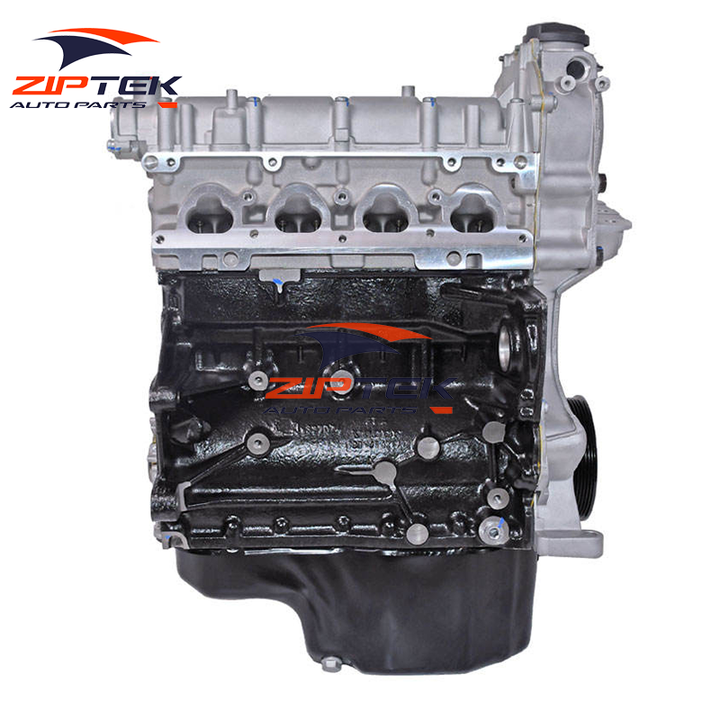Increase fuel efficiency with a top-tier clp engine.
Increase fuel efficiency with a top-tier clp engine.
Blog Article
Just How a Clp Engine Can Boost Effectiveness in Numerous Industries
The arrival of CLP engines marks a considerable change in functional effectiveness throughout numerous sectors, driven by their capability to enhance gas intake and minimize downtime. As organizations significantly prioritize sustainability together with effectiveness, the duty of CLP engines comes to be also more vital.
Review of CLP Engines
CLP engines, or Continuous Fluid Propellant engines, stand for a considerable innovation in propulsion innovation, especially for space applications. These engines make use of a continual feed system that enables the sustained expulsion of propellant, leading to boosted effectiveness and performance contrasted to standard solid or hybrid propulsion systems. By maintaining a consistent circulation of liquid propellant, CLP engines can achieve extra exact thrust control, which is crucial for steering spacecraft in different mission circumstances.
The design of CLP engines integrates innovative materials and innovative gas management systems. clp engine. This causes minimized weight and increased integrity, vital elements for long-duration space goals. Additionally, the continual operation decreases the danger of burning instability, a common obstacle in standard rocket engines.

Benefits in Production
The production of Continual Fluid Propellant (CLP) engines provides a number of notable benefits that boost both performance and cost-effectiveness. Among the main benefits is the streamlined manufacturing process, which reduces the complexity connected with standard propulsion systems. By making use of liquid propellant, manufacturers can achieve better accuracy in engine efficiency, bring about enhanced energy output and lowered waste.
Furthermore, CLP engines assist in a higher level of modularity, permitting easier assimilation right into various production lines. This versatility can significantly lower preparations and improve total operational flexibility. The usage of CLP innovation also often tends to reduce the need for considerable maintenance due to fewer moving components, which translates right into decreased downtime and functional expenses.

Applications in Logistics
Leveraging Continuous Liquid Propellant (CLP) engines in logistics offers significant advantages in operational efficiency and reliability. These engines offer a robust service for various transportation needs, enabling the smooth activity of items across large distances. The fundamental style of CLP engines permits consistent power output, which translates right into smoother and extra foreseeable transportation schedules.
Among the crucial applications of CLP engines in logistics is in heavy-duty freight transportation, where they can drive both ground and airborne cars. Their capability to maintain high efficiency under differing tons problems makes certain that shipment timelines are satisfied, thereby boosting consumer contentment. In addition, CLP engines can be integrated into automated logistics systems, facilitating real-time monitoring and maximizing path planning.
Moreover, the durability of CLP engines lowers upkeep downtime, allowing logistics firms to maximize their functional abilities. This is particularly useful in warehousing procedures, where effectiveness in taking care of and delivering goods is vital. As logistics remains the original source to advance, the integration of CLP engines stands for a forward-thinking method that not just boosts performance but likewise supports the sector's growing demands for dependability and speed.
Influence on Energy Effectiveness
Just How do Constant Fluid Propellant (CLP) engines enhance energy performance in transportation? my company CLP engines use a constant flow of liquid gas, maximizing combustion procedures and keeping a stable thrust result. This design reduces power losses connected with standard burning engines, where fuel distribution can vary and lead to inefficiencies.
The constant procedure of CLP engines enables for a more reliable thermal cycle, leading to greater specific impulse compared to traditional engines. clp engine. This equates to lowered gas consumption for the very same amount of work done, substantially decreasing functional prices throughout various transportation industries, including air travel and maritime sectors
Furthermore, the capability of CLP engines to preserve ideal efficiency under differing tons problems minimizes the requirement for regular velocity and slowdown, further enhancing gas performance. Boosted power performance not just adds to set you back financial savings however likewise leads to lower greenhouse gas emissions, aligning with international sustainability objectives.
Future Trends and Innovations
Arising innovations in Continual Liquid Propellant (CLP) engine innovation guarantee to transform the landscape of transportation effectiveness and sustainability. As industries pivot toward greener choices, CLP engines stand at the center, incorporating ingenious materials and layout methodologies that improve performance while minimizing environmental effect.
One of one of the most appealing patterns is the adoption of crossbreed systems that integrate CLP engines with renewable resource resources. This synergy can enhance fuel intake and minimize discharges, aligning with international sustainability objectives. Furthermore, advancements in computational liquid dynamics (CFD) are facilitating the layout of more aerodynamically efficient engines, causing decreased drag and boosted fuel performance.
Furthermore, the advancement of smart surveillance systems is established to boost operational efficiencies. These systems take advantage of data analytics and IoT innovation to important source maximize engine performance in real-time, making certain that the engines run within their most reliable specifications.
As research continues to explore different propellant formulations-- such as biofuels and artificial fuels-- the future of CLP engines looks promising. By harnessing these technologies, industries can not just improve their performance but likewise add significantly to a cleaner, much more lasting future in transport.
Conclusion
In final thought, CLP engines stand for a significant improvement in efficiency throughout several industries. Their capacity to enhance fuel intake and reduce functional expenses, incorporated with a constant feed system, boosts power output and operational reliability. The combination of sophisticated products and less relocating components decreases upkeep demands, while placement with sustainability objectives placements CLP engines as a crucial technology for the future. Continued innovation in this field promises further renovations in effectiveness and ecological efficiency.
Report this page